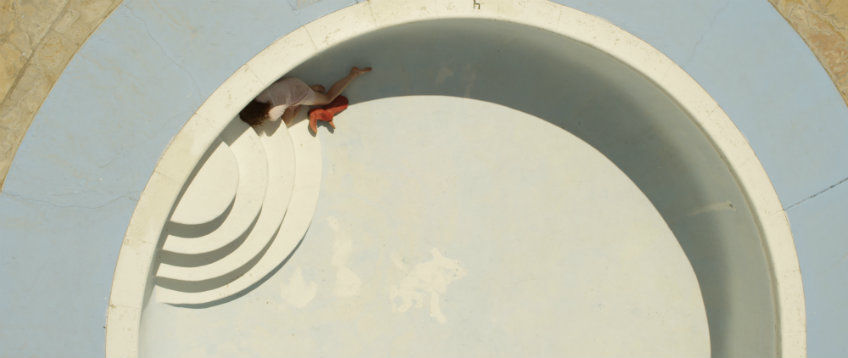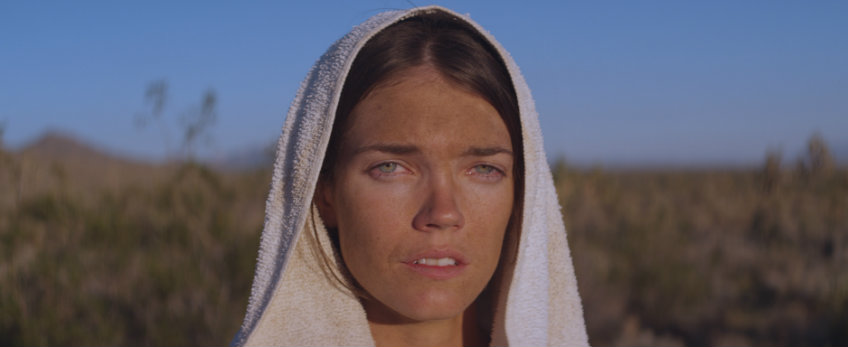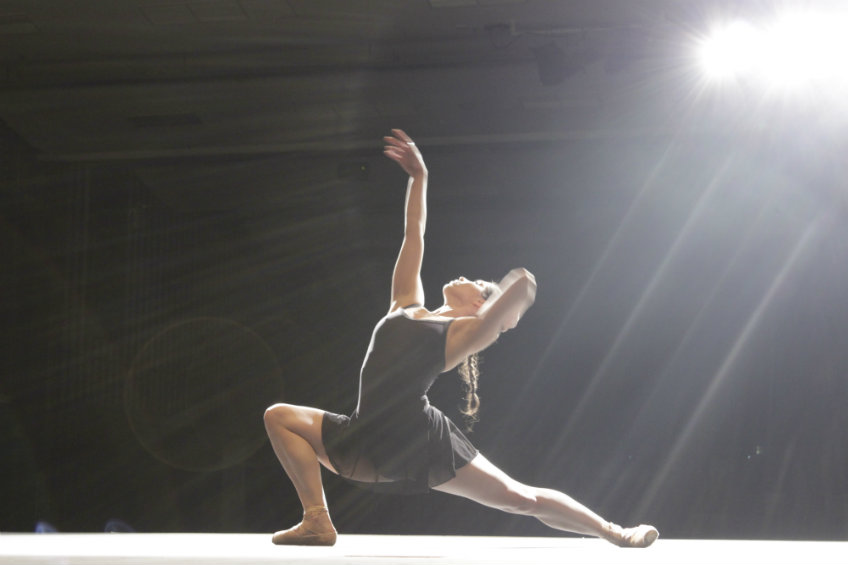Dance on Film: Finding Meaning in Movement

Ella Donald, Critics Campus 2016
Before words could be spoken on film, there was dance.
It began in 1896 with the Lumière brothers’ short film The Serpentine Dance. Despite being only 46 seconds long and consisting solely of a dancer in a voluminous dress endlessly twirling across a stage, the dress’s colour changing with each movement, audiences were spellbound. In comparison to the scale of modern-day cinema, it is a mere blip, but it speaks volumes. In that brief glimpse of a film, the simple movement of the dance is able to forge an emotional connection with the audience. It’s a liberation, a celebration of the discovery of oneself.
But once film was able to speak, movement became less instrumental. Dancers became solely performers instead of people: elusive characters that don’t venture outside the confines of the stage or studio. Films such as Robert Altman’s The Company (2003) and countless documentaries such as Jodie Lee Lipes’s Ballet 422 (2014) offer fascinating insights into the artistic processes of dance, but rarely venture beyond these. They are dedicated to the life and the activity of the stage. Offstage life is filled with backstage anxieties and extreme personalities, which offer few insights into the effect of dance on a character or person’s life outside the theatre.

The shift back to dance beyond the stage perhaps began with Jacob Krupnick’s Girl Walk//All Day (2011). The film begins with the Girl (Anne Marsen) acting out her frustrations in a regimented ballet class before performing a rejection of sorts of dance’s traditional confines. The Girl then takes to the streets of New York City and turns the streets into her stage. It’s a dance film in that it’s ultimately about the joy of dance, yes, but it’s also a release of dance into the everyday as a form of self-expression. Through liberating dance onto the streets of New York City, the Girl is able to discover herself.
Celia Rowlson-Hall has continued this reclamation with her film Ma. The New York Times described her choreography as “quirky and unpretentious, the opposite of the hyper-sexualised choreography found in many music videos.” Survey her varied work, featured everywhere from Vogue to Vanity Fair to MGMT’s music videos and even HBO’s Girls (she choreographed that dance in the 2014 episode Beach House), and you’ll easily find a commonality. She strives to put dance into everyday spaces where it isn’t expected, spaces central to a person’s memories and sense of self, whether that’s a living room, a junkyard, or a beach house. Rowlson-Hall uses dance as a tool to create defining moments in her characters’ everyday lives.

In Ma she reimagines the Virgin Mary’s story as one of sexual discovery and liberation. Here, Mary is a wanderer through through the desolate American Southwest who finds herself pregnant after a mysterious and confronting conception. An early moment set in a motel finds her becoming fully aware of her own body for the first time – not unlike moments of sexual discovery found throughout American cinema. Mary contorts and writhes, bathed in the neon glow of the motel’s television; this glow seemingly becomes a hypnotic influence, one driving her discovery of newfound confidence and awareness. The motel room, in the middle of an expanse of orange desert, is a place of maturation and a discovery of both the sinister and sexual.
Unlike most tellings of the Virgin Mary story, Ma continues to focus on the shift in Mary’s sense of self as the film progresses, and how that is interlinked with her changing body. She drifts between motel rooms, pale and wide-eyed. Similar scenes of discovery and anguish convey alienation and metamorphosis, a sense of self still in flux. Despite being sinister, the spaces become a blank slate – a place for Mary to explore and experiment and ultimately connect with herself.

This sentiment is echoed by Ella, another Dance on Film feature. Ella is the story of Ella Havelka, a dancer descended from the Wiradjuri people in New South Wales, who became the Australian Ballet’s first Indigenous dancer in 2013. Havelka grew up in Dubbo, New South Wales, before attending the Australian Ballet School from the age of 15 and joining the Bangarra Dance Theatre on graduation. Such a story is about as conventional as a backstage drama, but what makes Ella an interesting watch is its focus on Havelka’s feelings about pursuing a career in an art form historically dominated by white performers. She speaks of feeling like she’s between two worlds.
In Ella, there is little dancing outside a theatre or studio. The film is interspersed with clips of Havelka performing on stage, but Havelka isn’t performing for an audience – it’s an unguarded expression of emotion, a primer for later in the film. Similar to how Rowlson-Hall uses dance to communicate defining moments, Ella uses dance to convey Havelka’s feelings of disconnection from both worlds. When Havelka returns home to visit her mother and wanders about her hometown, the film captures her sense of otherness. This feeling is conveyed through the dance interludes: a feeling of unease with both Western and Indigenous dance styles, and, later, a feeling of comfort when Havelka finds a personal combination of the two.

Ella allows the audience to witness the shift in her dance styles and the interplay with her changing cultural identity. This is an observation that makes Havelka’s increased engagement with Indigenous culture after joining the Australian Ballet a powerful shift. This engagement, where Havelka discovers her love for traditional basket weaving, is not conveyed through dance. By its conclusion, the film has told the story of the growth of Havelka’s cultural identity.
Regardless of their content, the five films of the Dance on Film program – which also includes Kiki, Contemporary Color, and Reset – share a common vision. They wish to reclaim dance as part of the everyday, beyond performance spaces, and as part of the discovery of oneself. Like the Lumière Brothers communicated with such simplicity in The Serpentine Dance, these films say that dance is joy and pain, it is part of oneself. No words required.